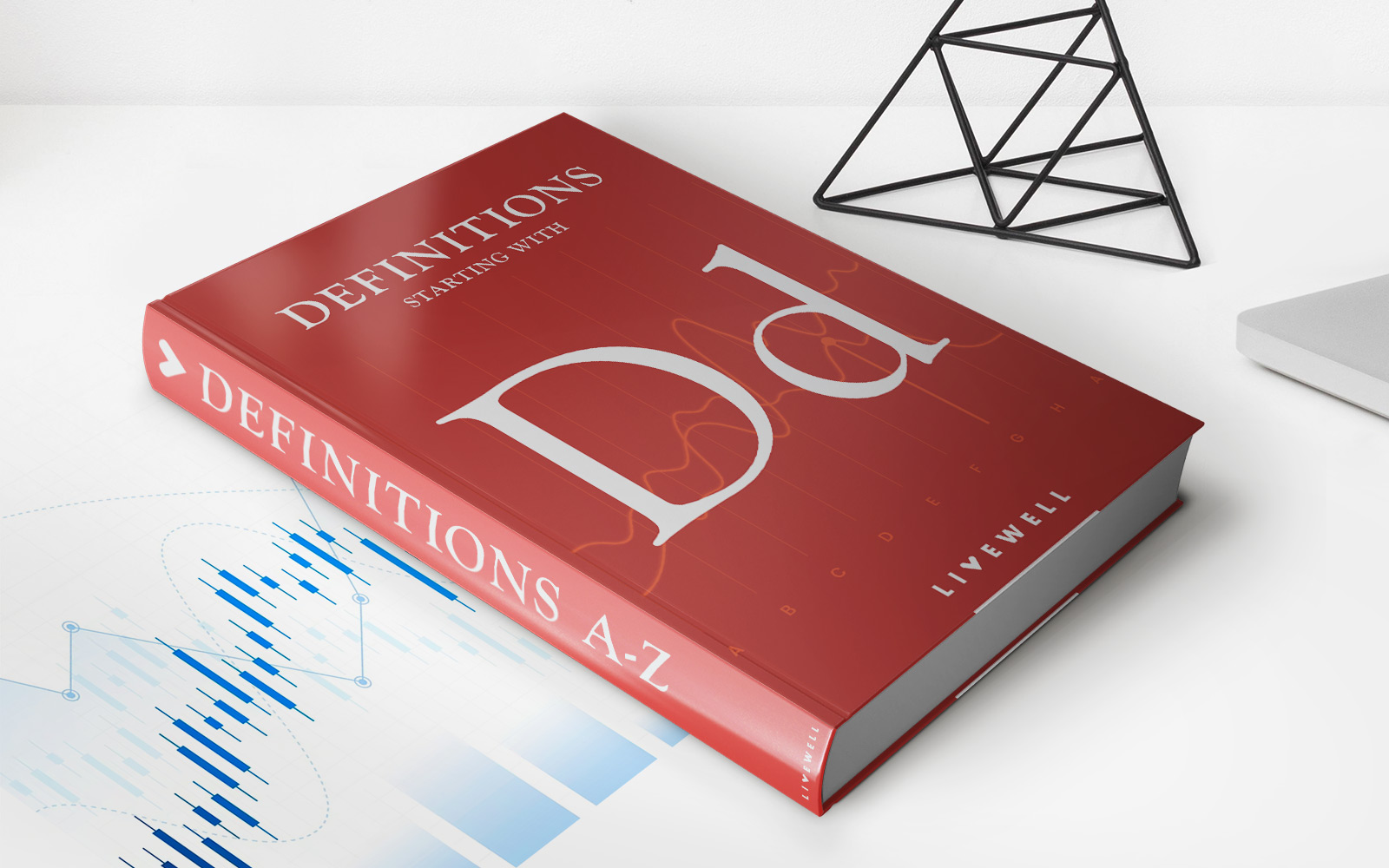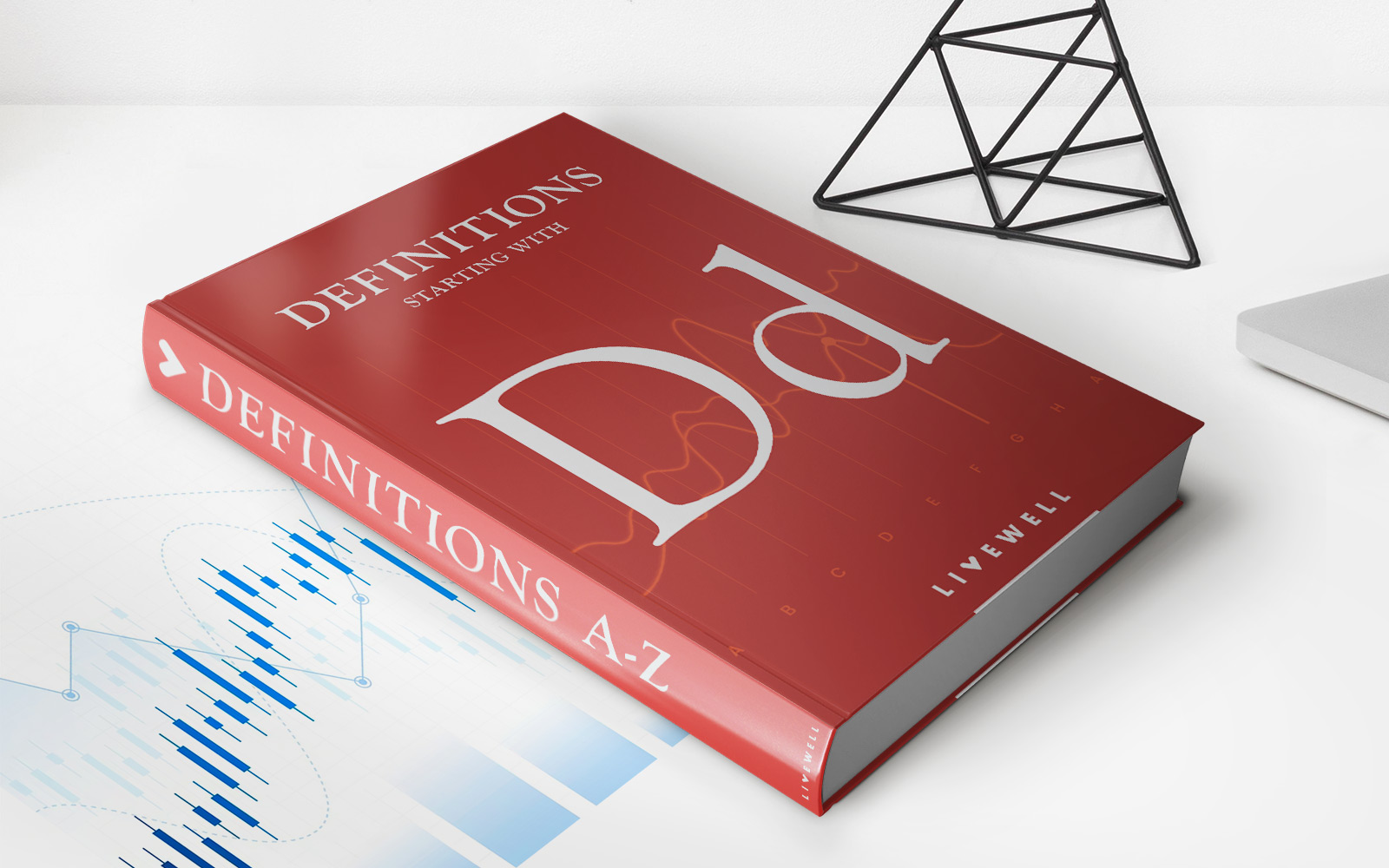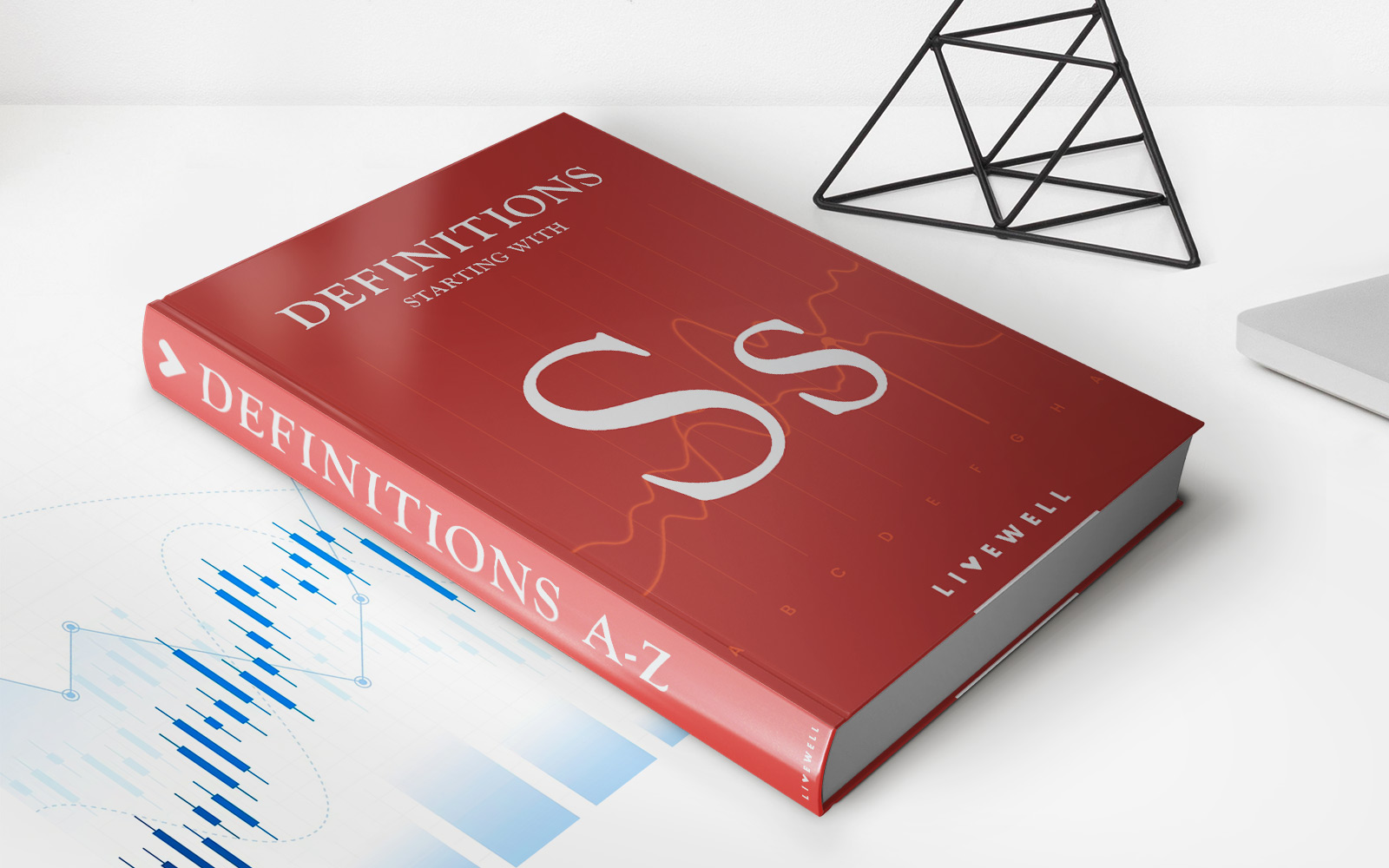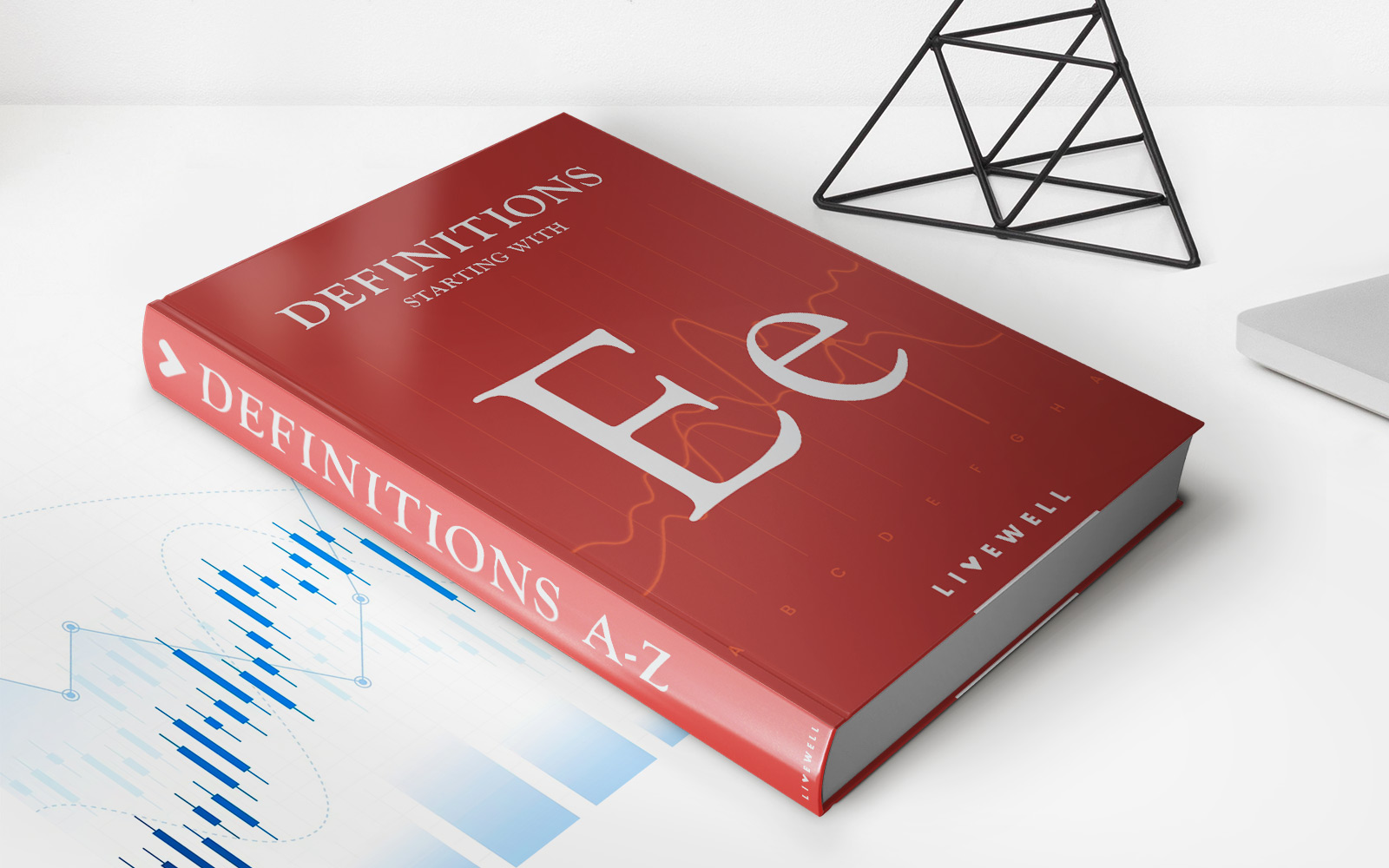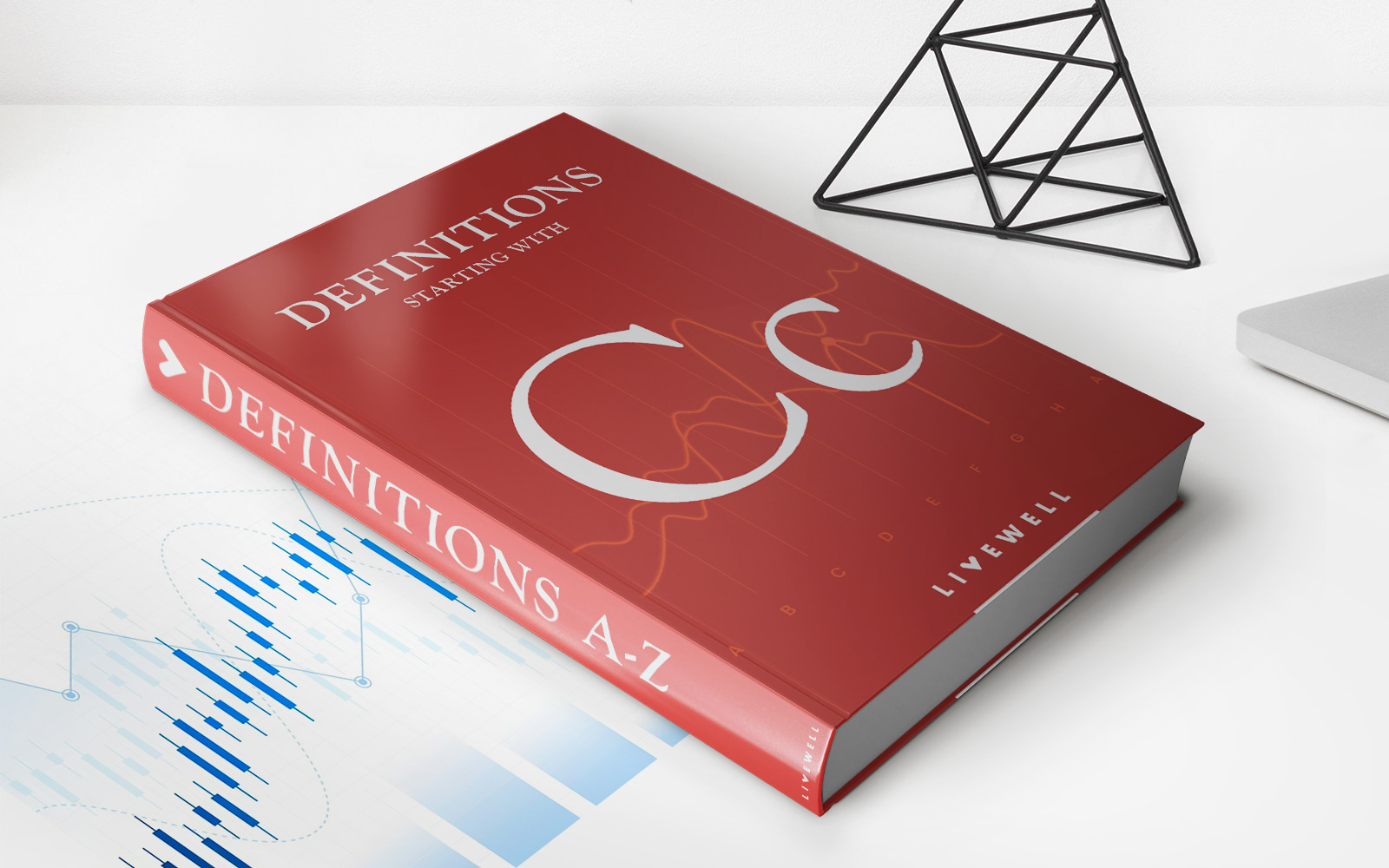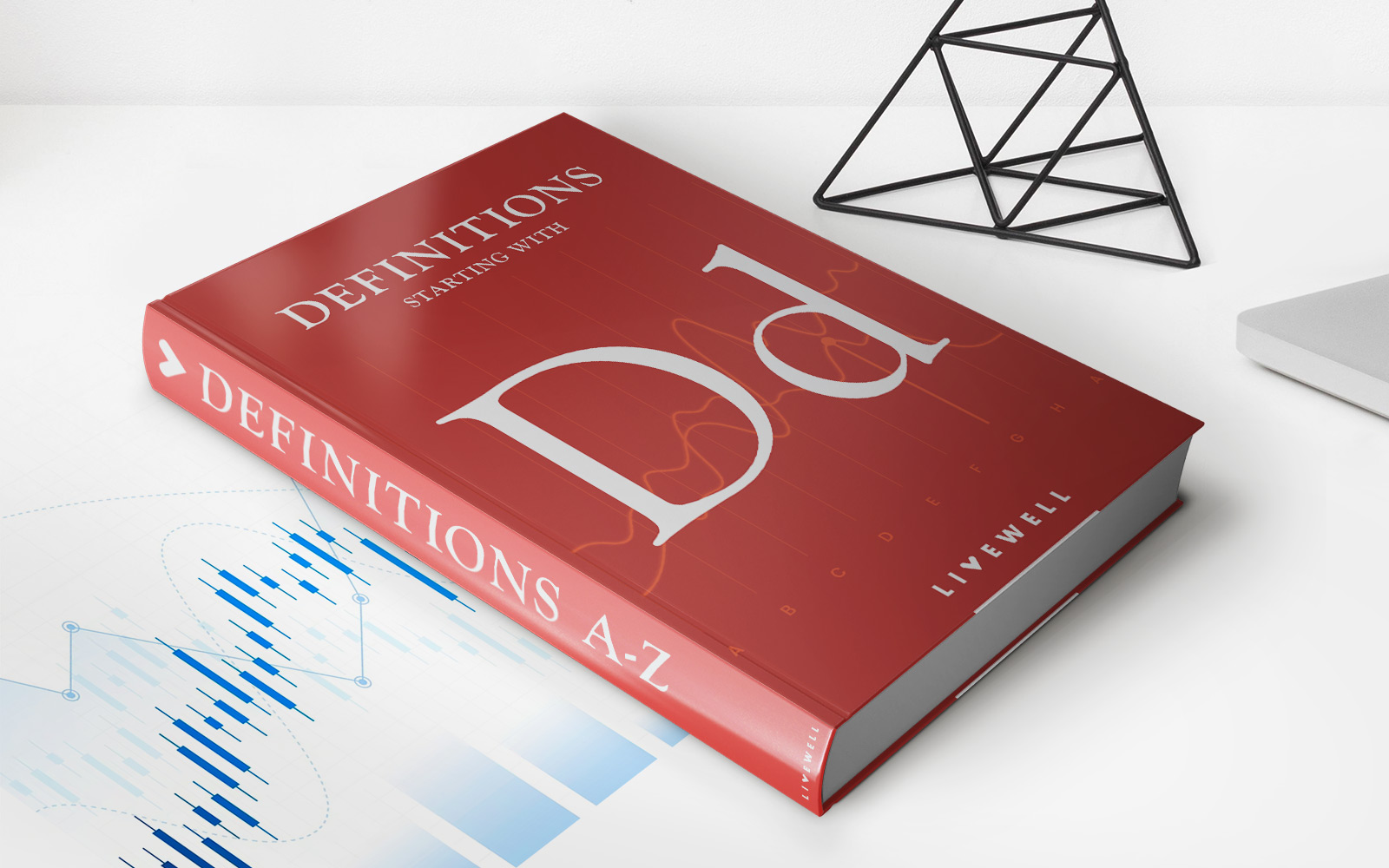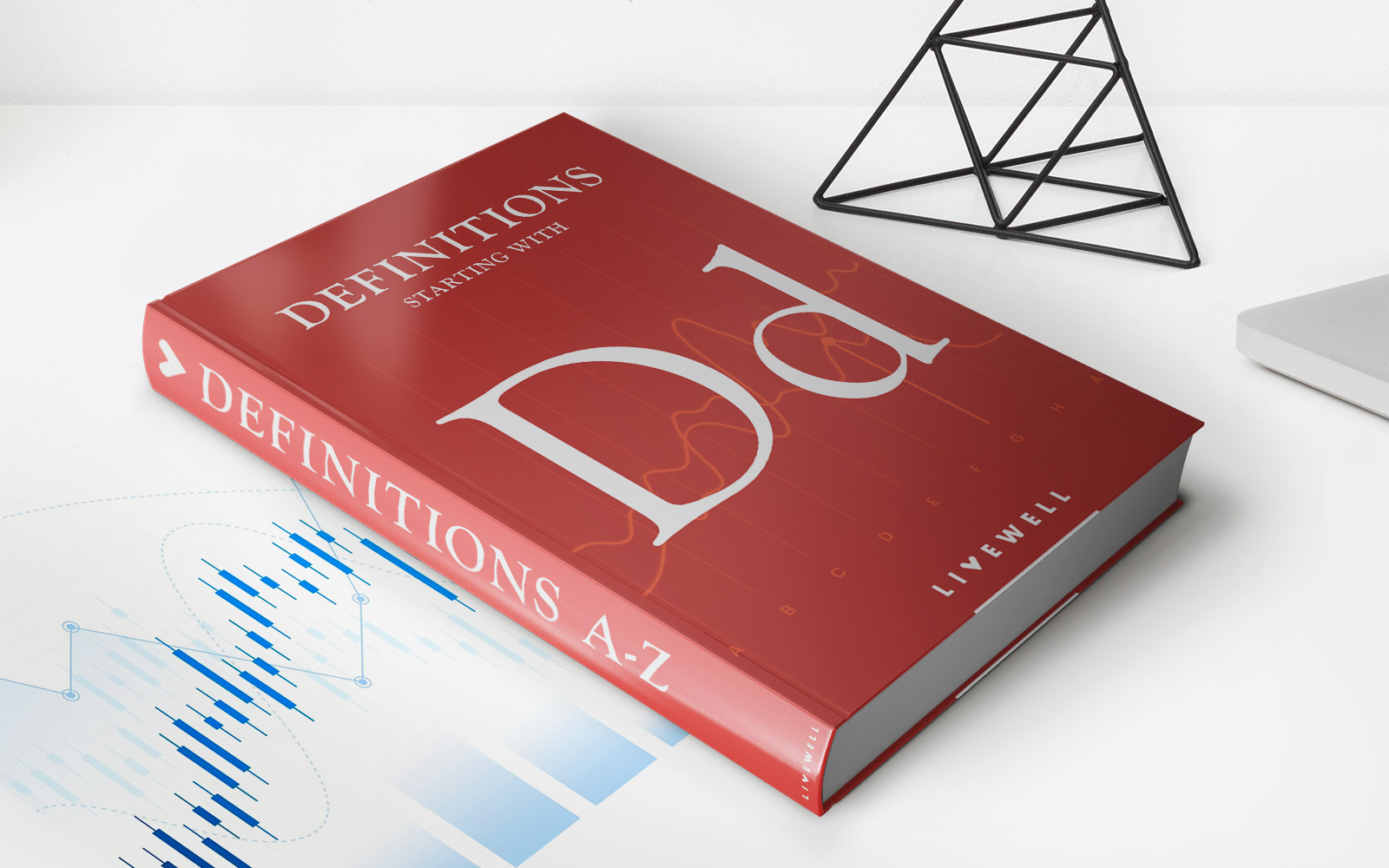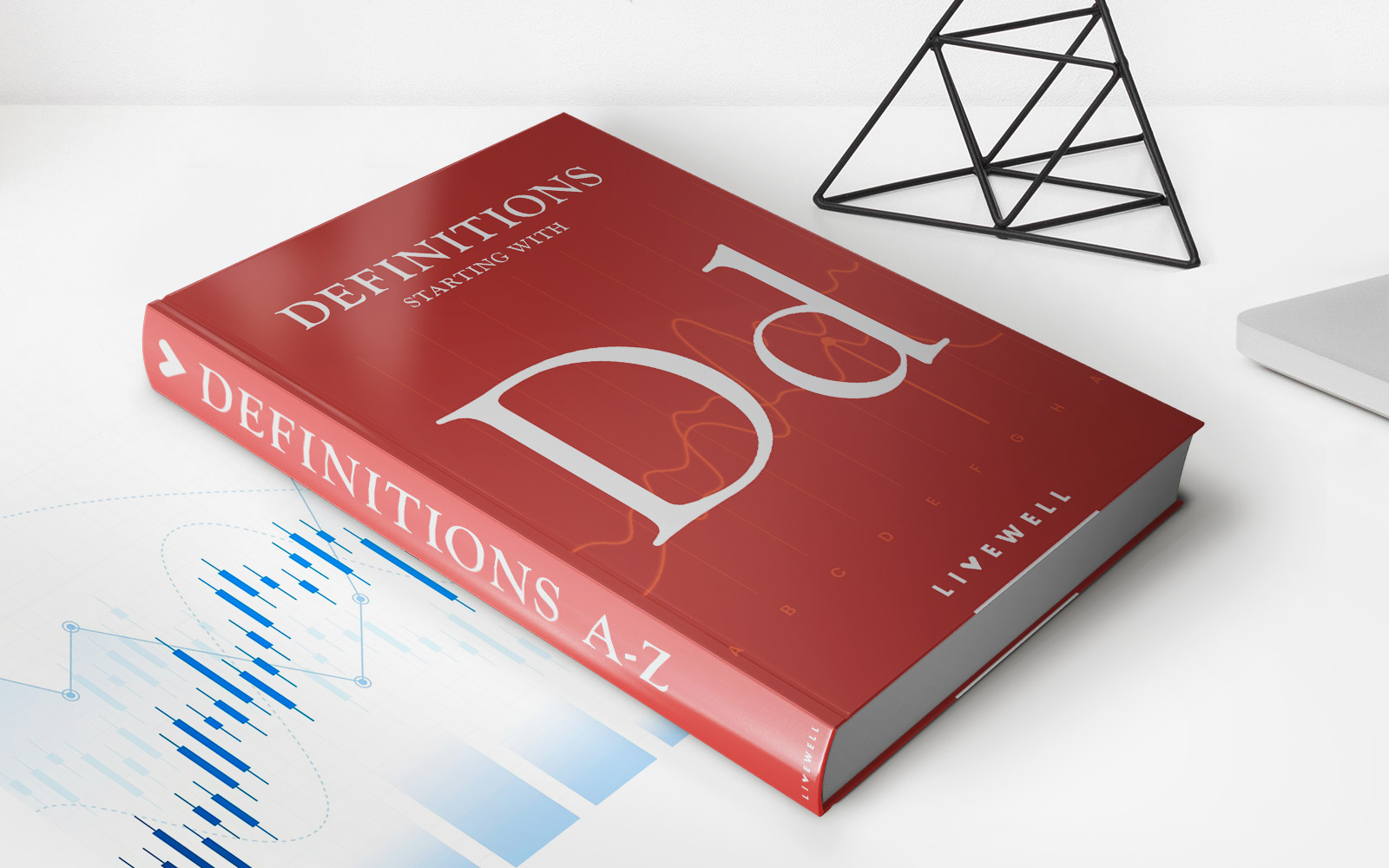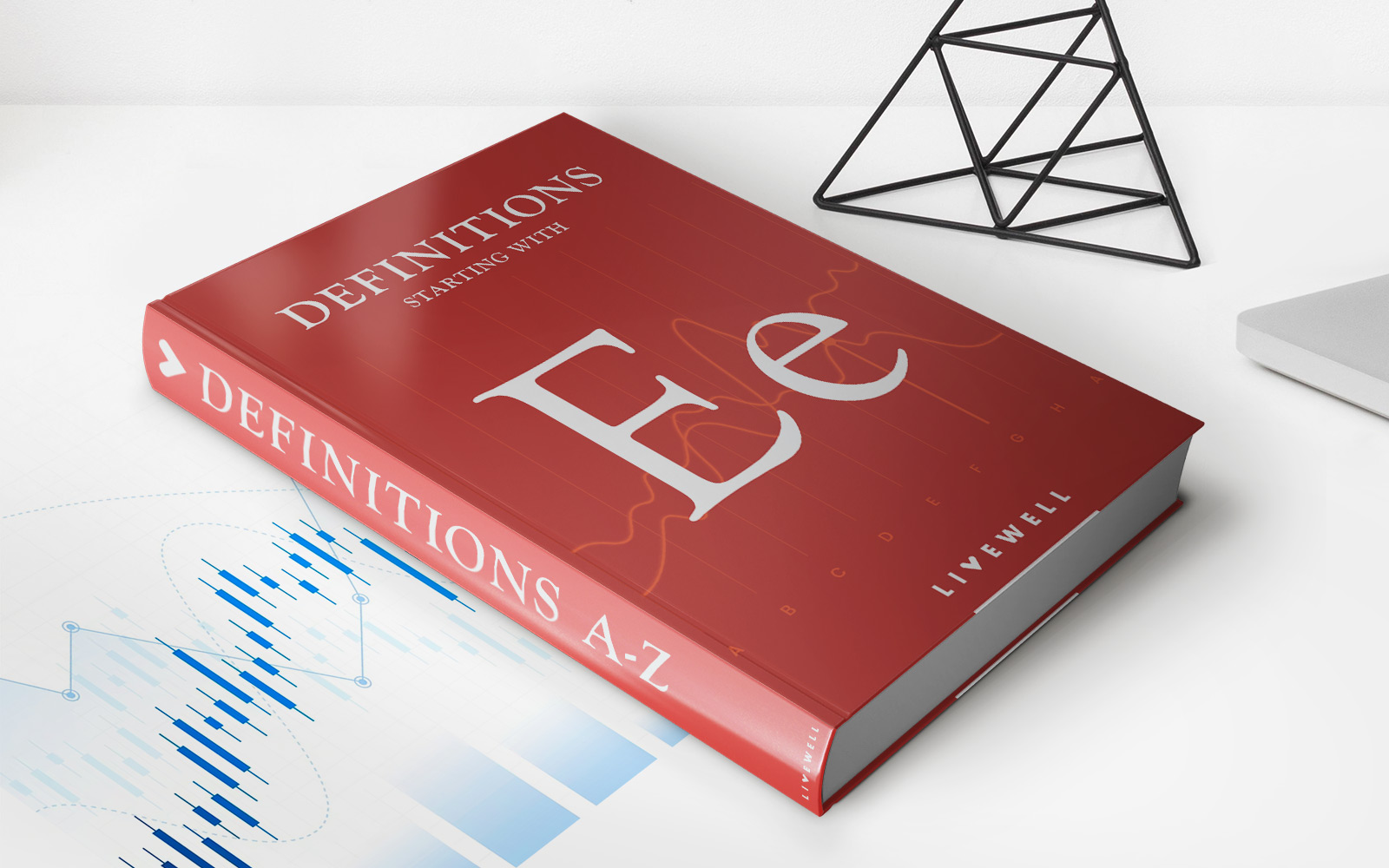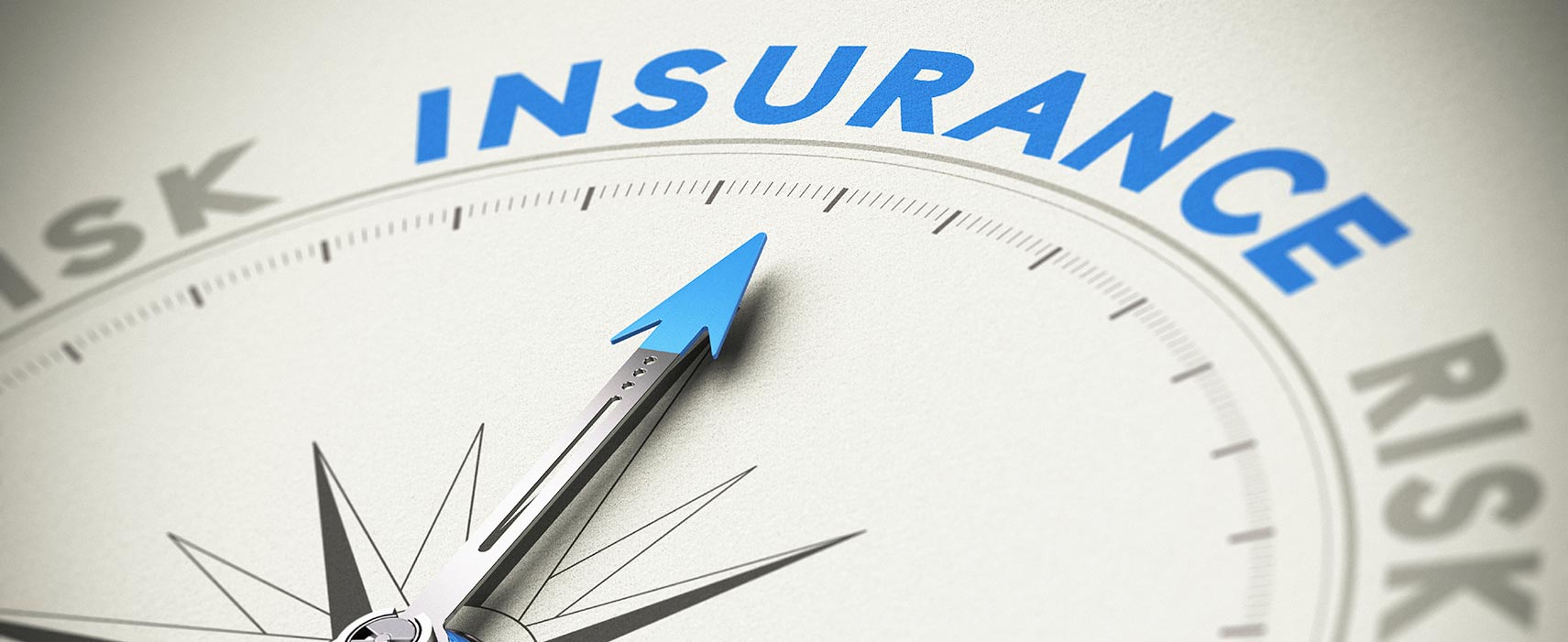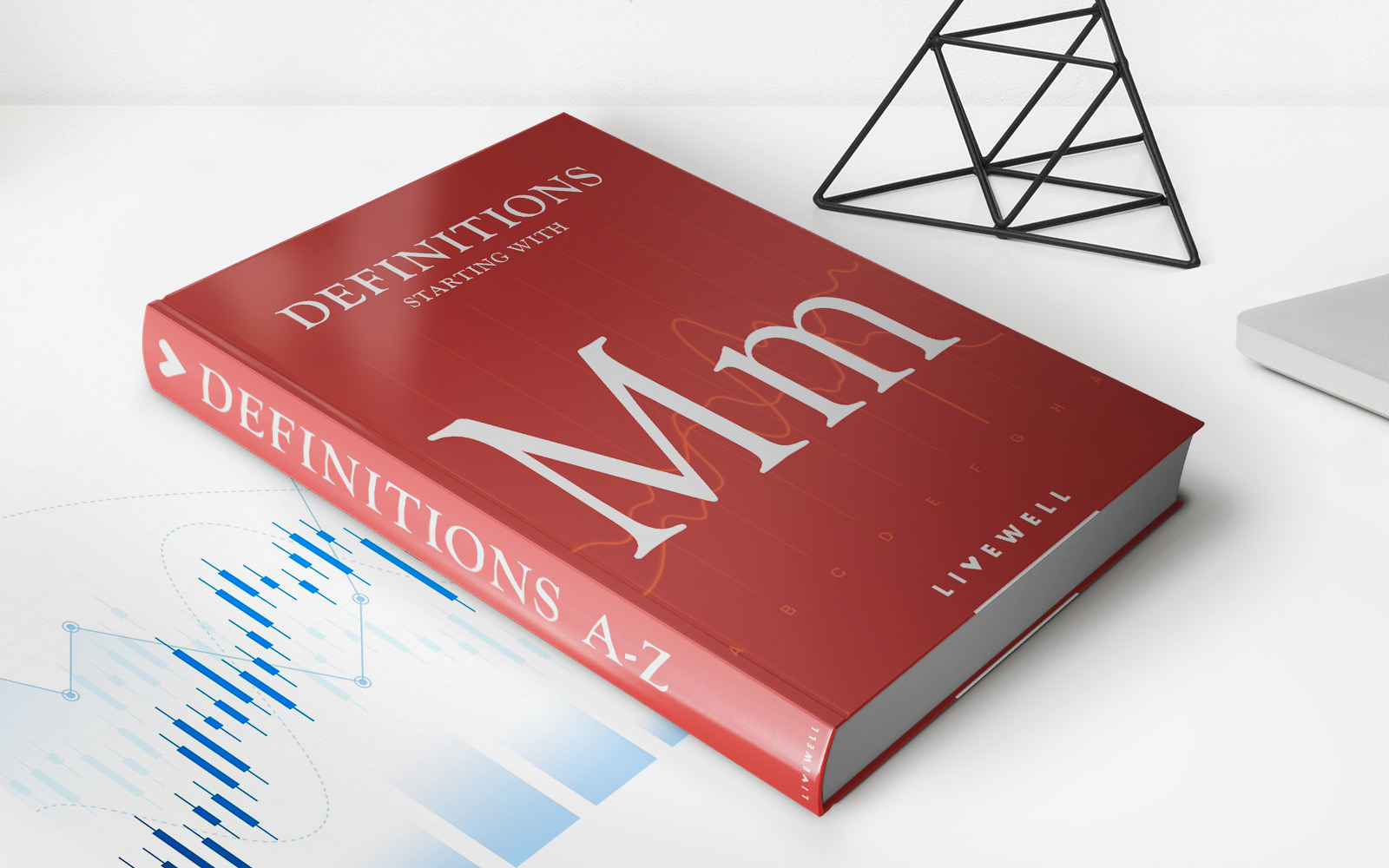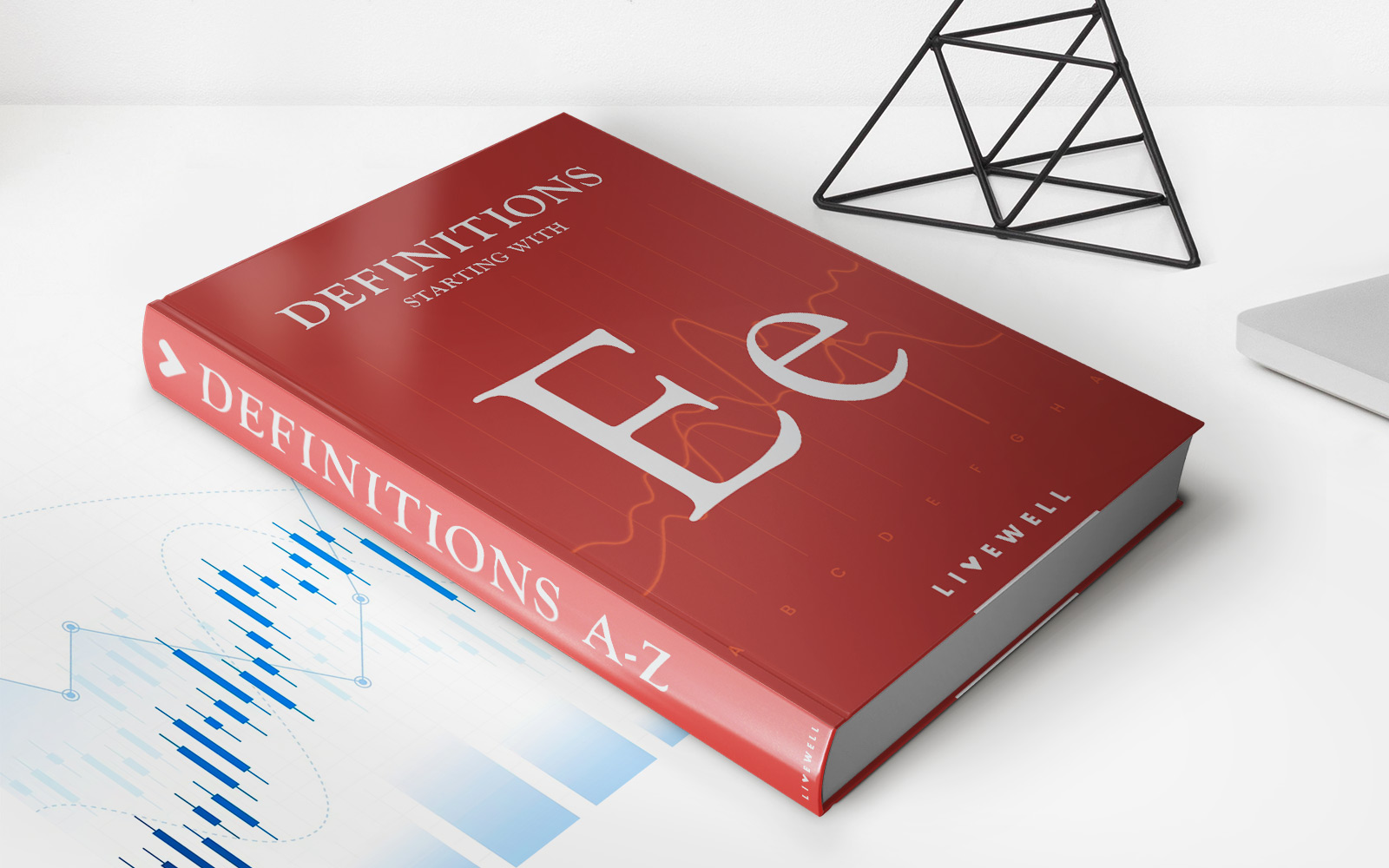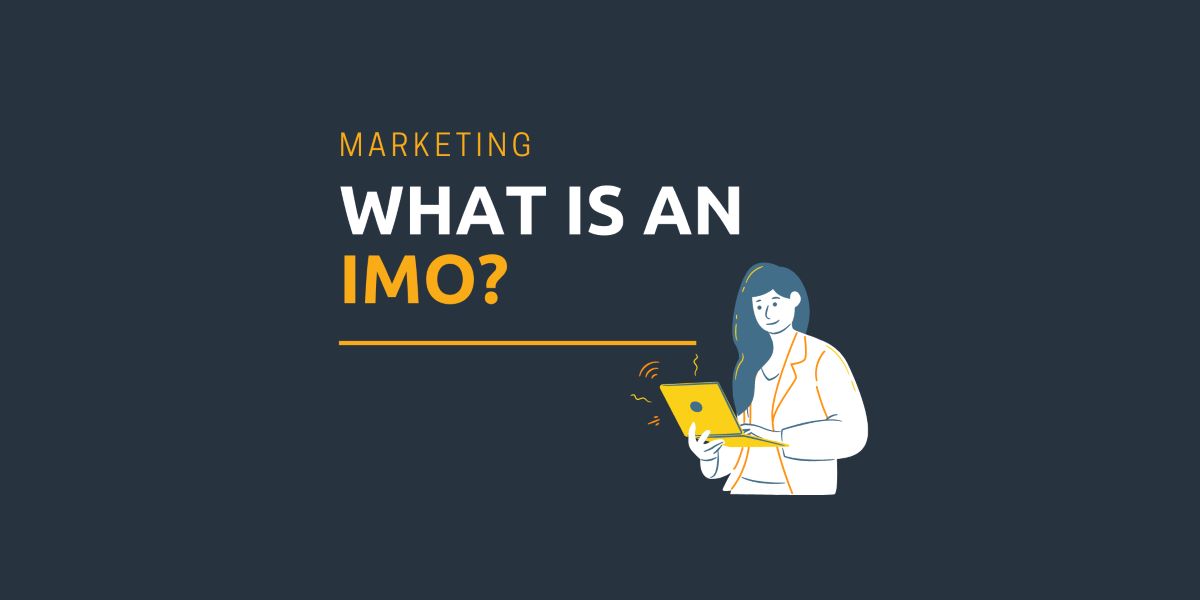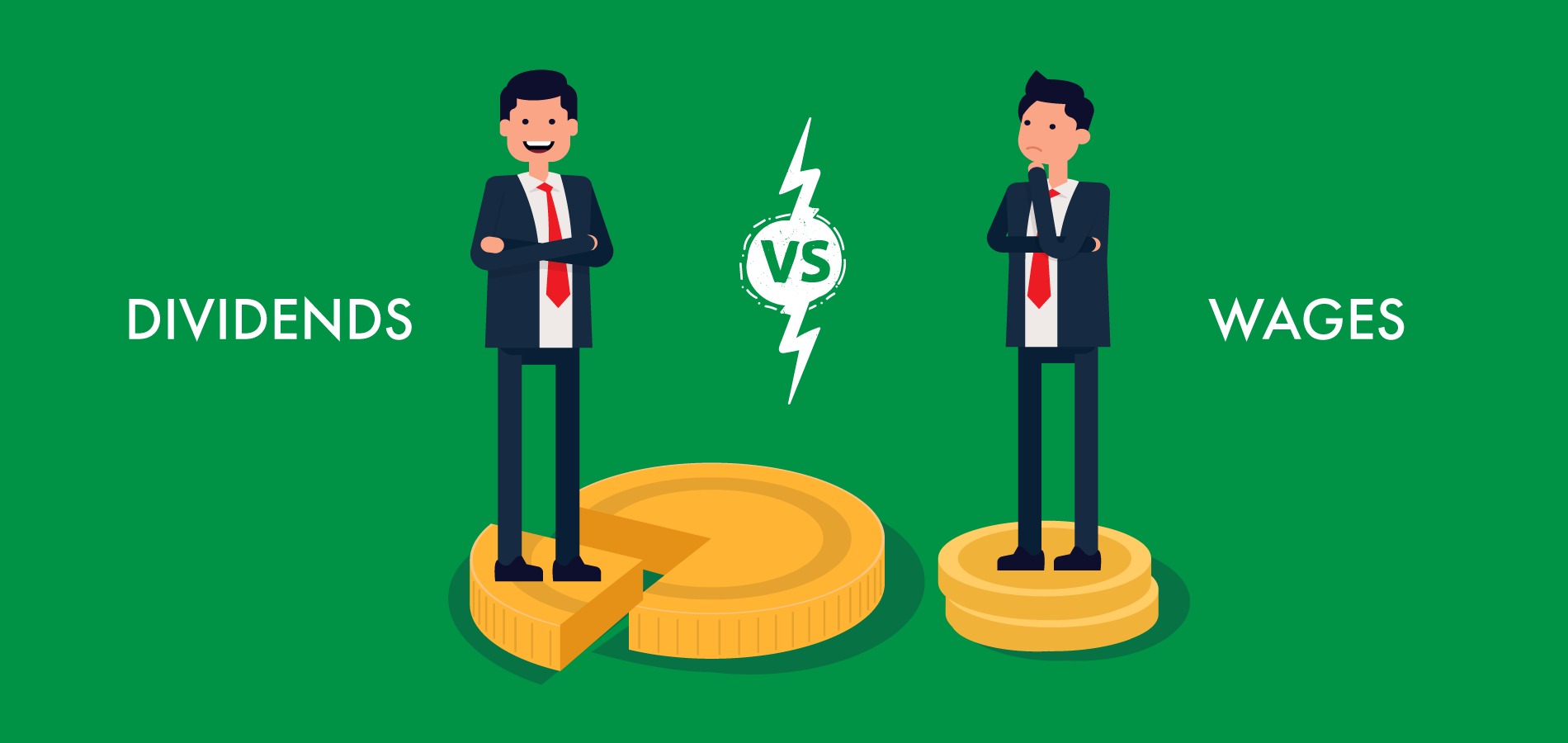Home>Finance>EURO STOXX 50 Index: Definition, Constituents, Methodology

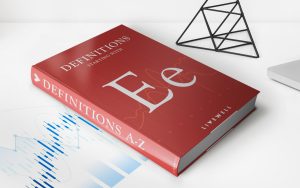
Finance
EURO STOXX 50 Index: Definition, Constituents, Methodology
Published: November 19, 2023
Learn about the EURO STOXX 50 Index: its definition, constituents, and methodology. Stay informed with the latest finance insights.
(Many of the links in this article redirect to a specific reviewed product. Your purchase of these products through affiliate links helps to generate commission for LiveWell, at no extra cost. Learn more)
Unlocking the Mystery of the EURO STOXX 50 Index
In the world of finance, there are numerous indices that track the performance of specific markets or sectors. One such index that holds significant importance in the European financial market is the EURO STOXX 50 Index. In this blog post, we will delve into the intricacies of this widely-watched index, understand its definition, learn about its constituents, and explore its methodology.
Key Takeaways:
- The EURO STOXX 50 Index represents the performance of the top 50 blue-chip stocks from across the Eurozone.
- This index provides investors with a benchmark to gauge the overall health of the European stock market.
What is the EURO STOXX 50 Index?
The EURO STOXX 50 Index, often referred to simply as the STOXX 50, is a leading benchmark index that captures the performance of the top 50 blue-chip stocks from Eurozone countries. It is designed to reflect the performance of the Eurozone’s largest and most liquid companies, making it an important indicator of the regional economy. By tracking the EURO STOXX 50 Index, investors can gain insights into the overall health and stability of the European stock market.
Constituents of the EURO STOXX 50 Index
The EURO STOXX 50 Index includes a diverse range of companies that represent various sectors of the European economy. Some of the renowned constituents of the index include:
- ASML Holding: A Dutch company specializing in the development and manufacture of advanced semiconductor equipment.
- SAP SE: A German software company known for its enterprise resource planning (ERP) systems.
- LVMH: A French multinational luxury goods conglomerate.
- Total SE: A French multinational oil and gas company.
- Nestle SA: A Swiss multinational food and beverage company.
These are just a few examples of the companies that make up the EURO STOXX 50 Index. Together, they provide a snapshot of the performance of some of the largest and most influential corporations in the Eurozone.
Methodology Behind the EURO STOXX 50 Index
The EURO STOXX 50 Index is based on the market capitalization-weighted methodology, which means that the performance of each constituent company is weighted based on its market value. This ensures that larger companies have a more significant impact on the index’s performance. The index is reviewed quarterly, with potential changes being made to the constituents to reflect the evolving market landscape.
Another noteworthy aspect of the methodology is that the EURO STOXX 50 Index is calculated using the free-float market capitalization, which excludes shares held by governments, strategic partners, or other entities. This approach provides a more accurate representation of the companies’ market values and their influence on the index.
Conclusion
The EURO STOXX 50 Index is not just another index but a crucial barometer of the European stock market’s performance. With its diverse range of constituents and market capitalization-weighted methodology, it provides investors with valuable insights into the economic health and stability of the Eurozone. Monitoring the EURO STOXX 50 Index can be an important tool for investors seeking to understand and navigate the European stock market landscape.
So next time you come across the term EURO STOXX 50, you’ll be equipped with the knowledge to recognize its significance and its role in the financial world.
